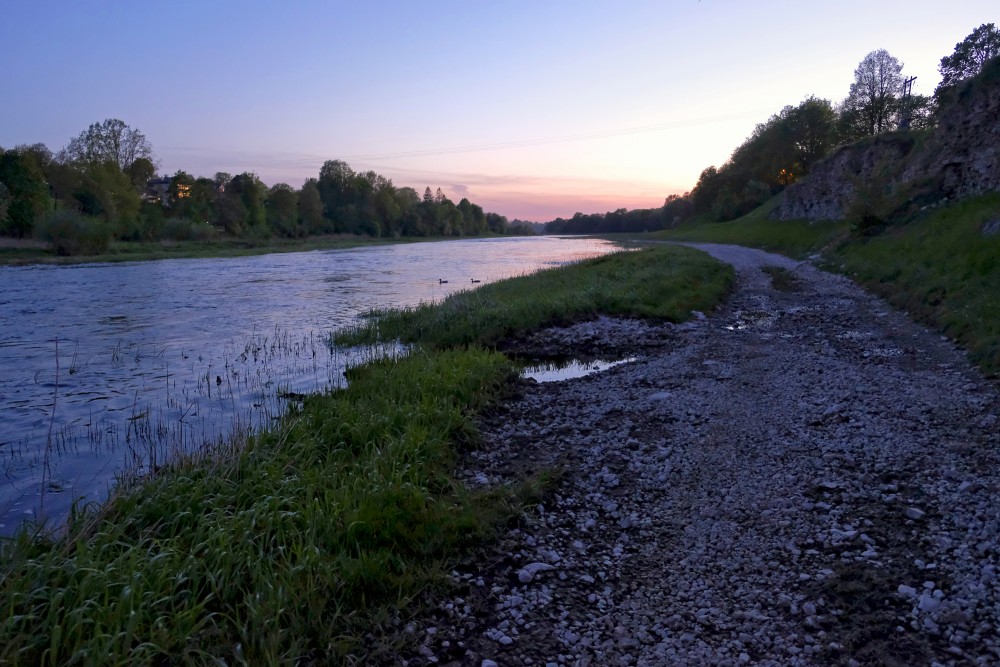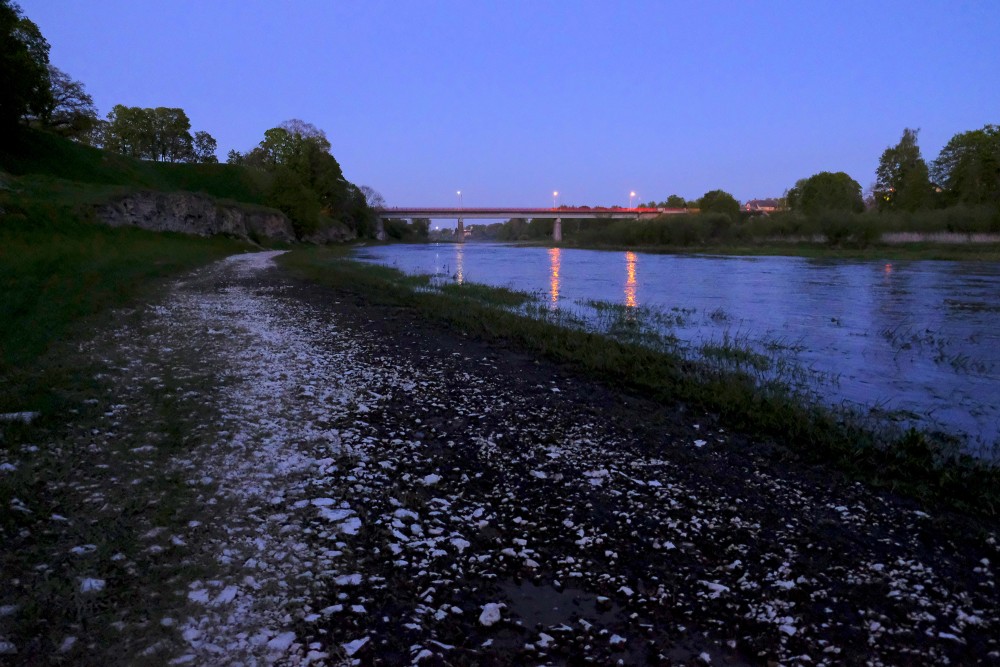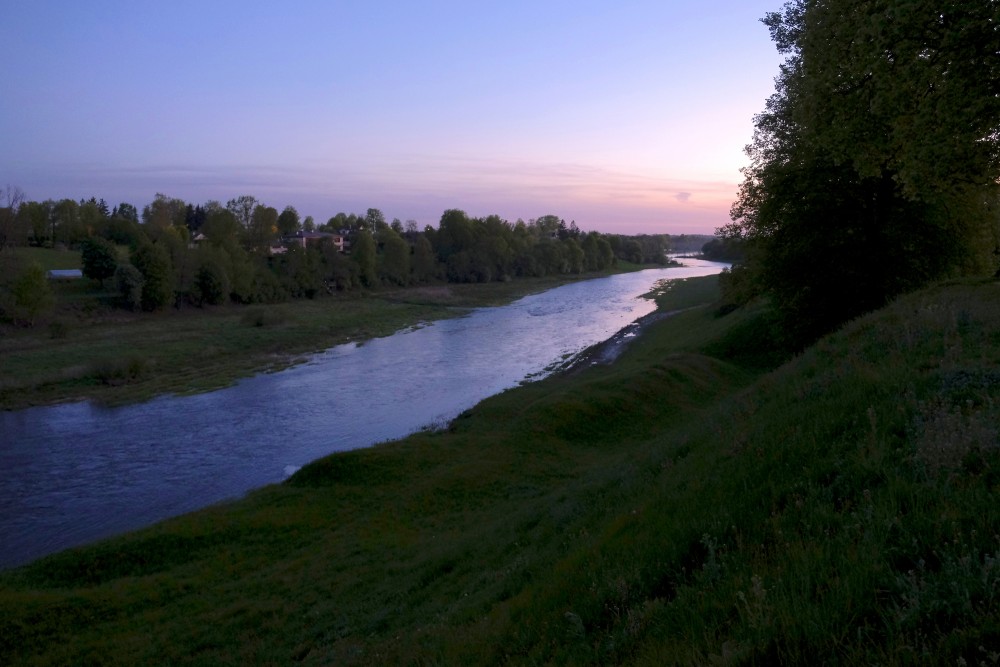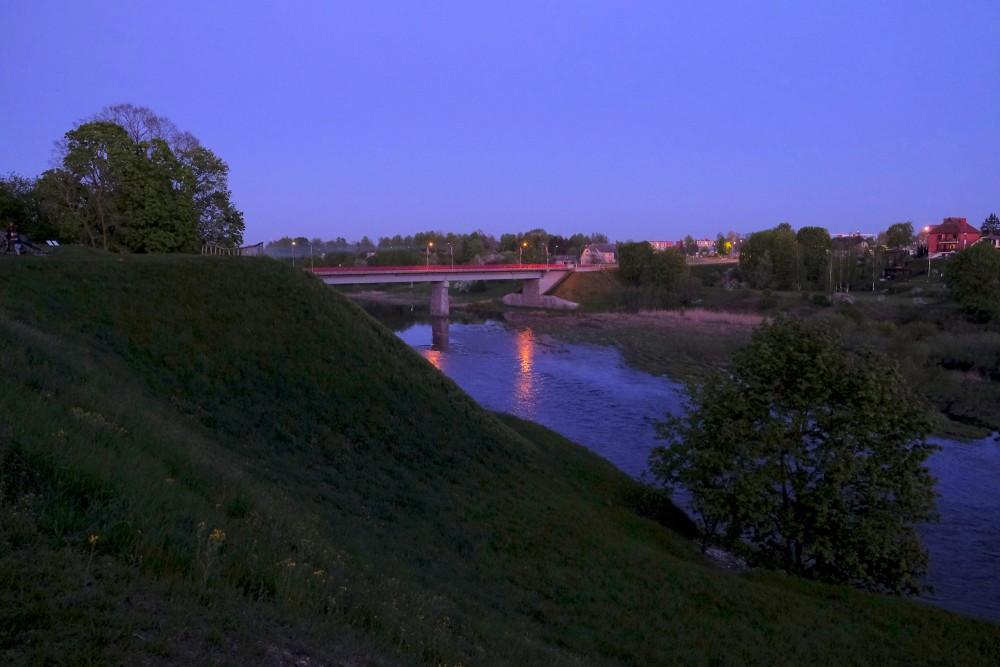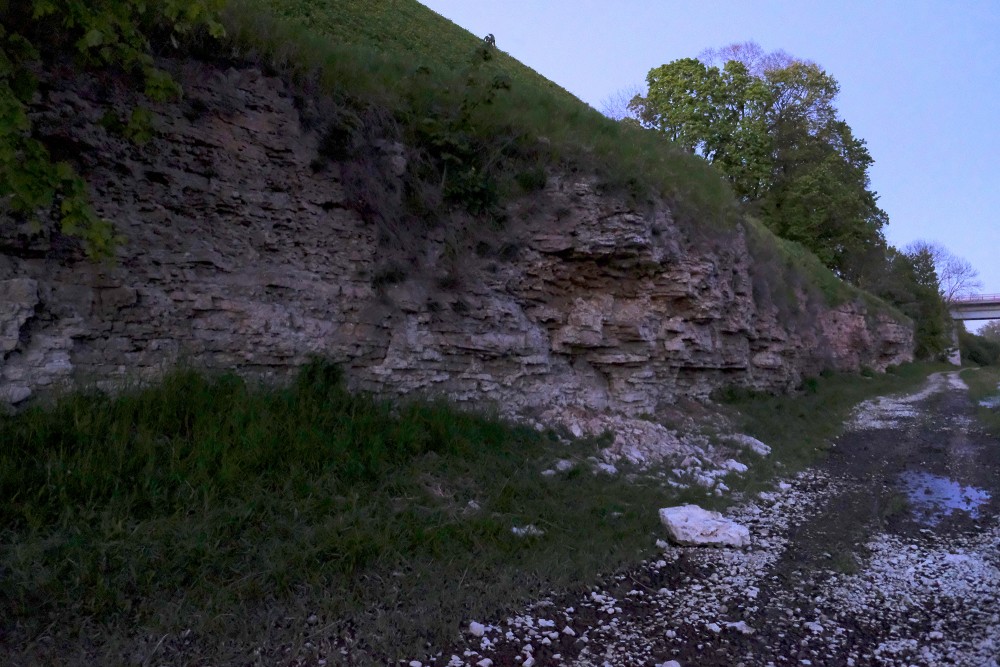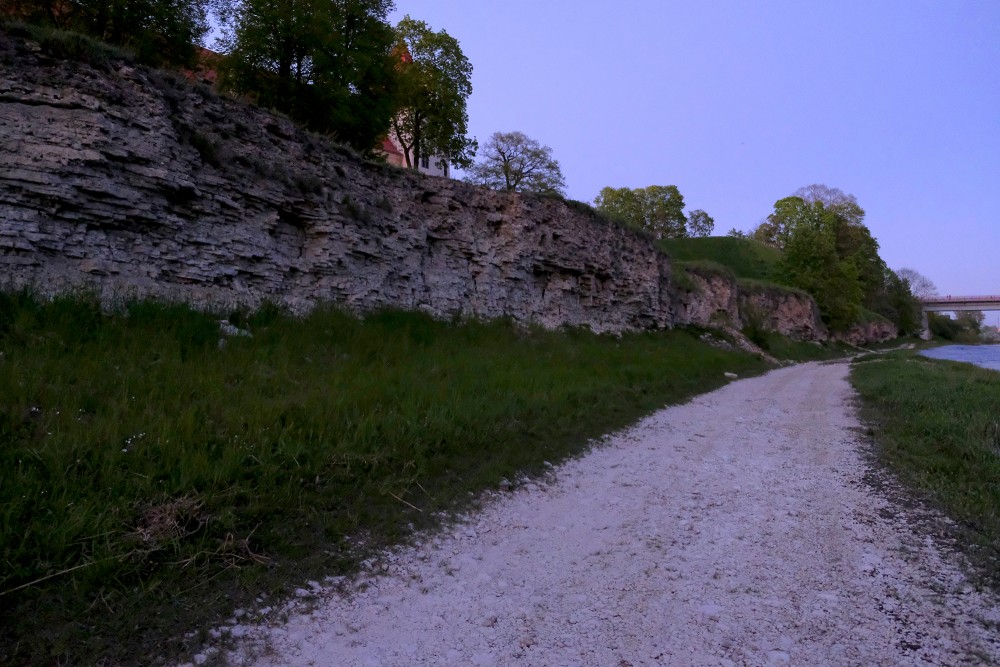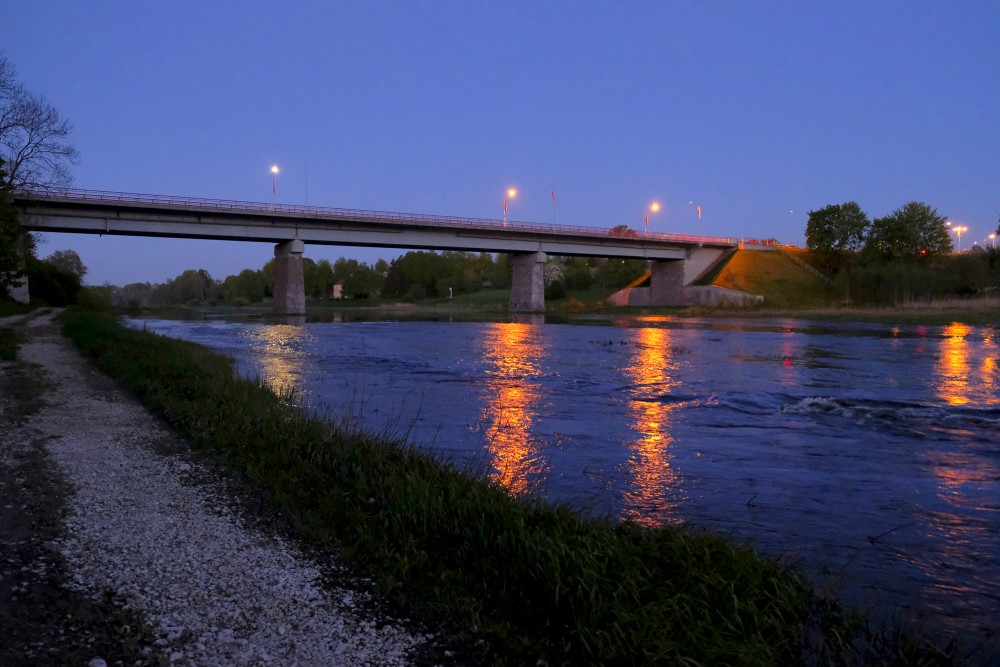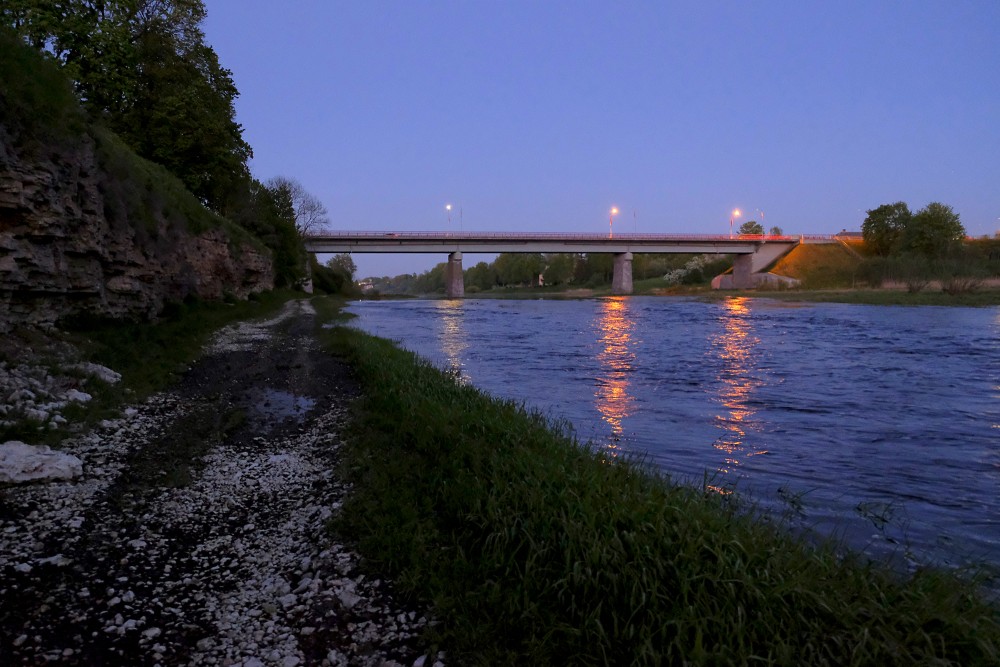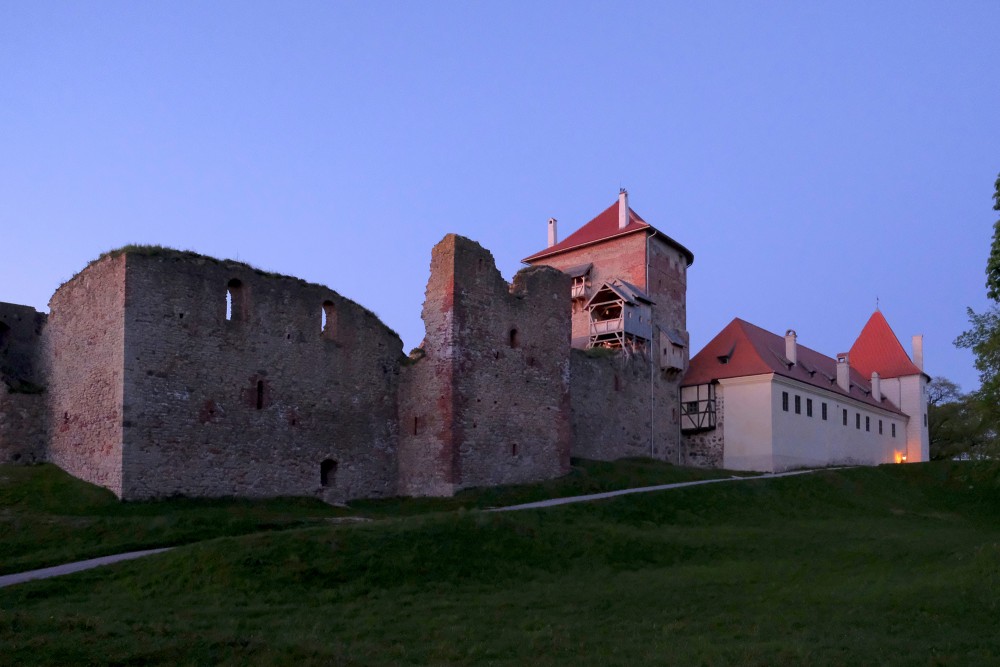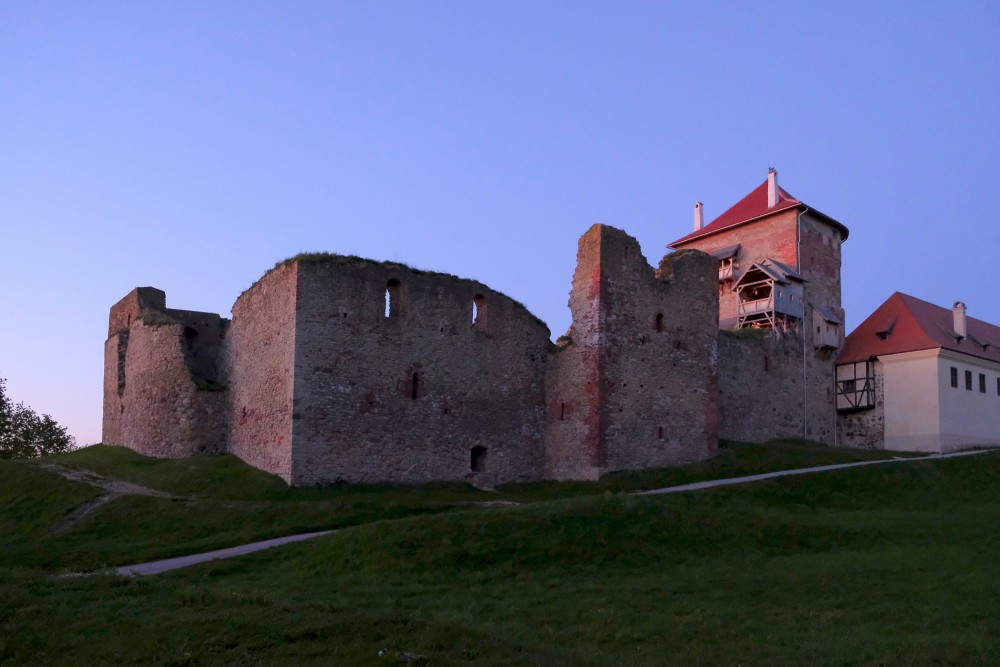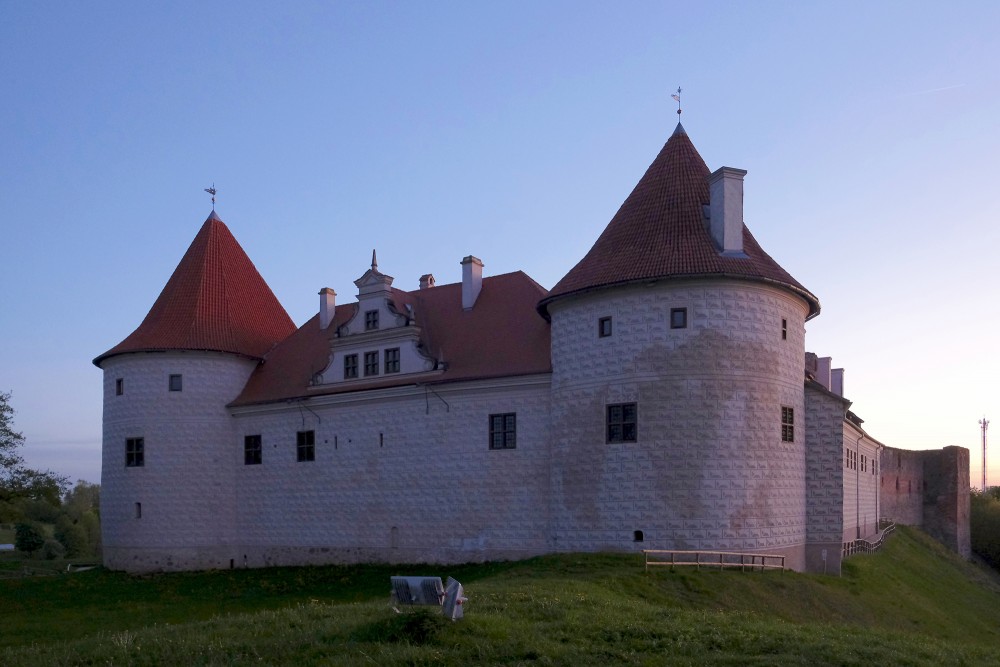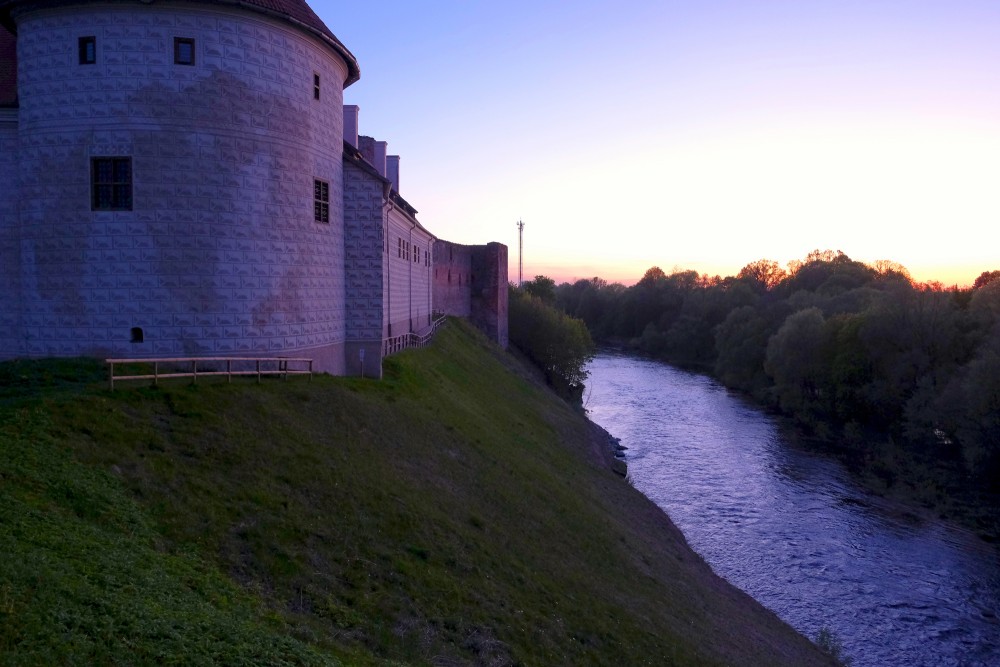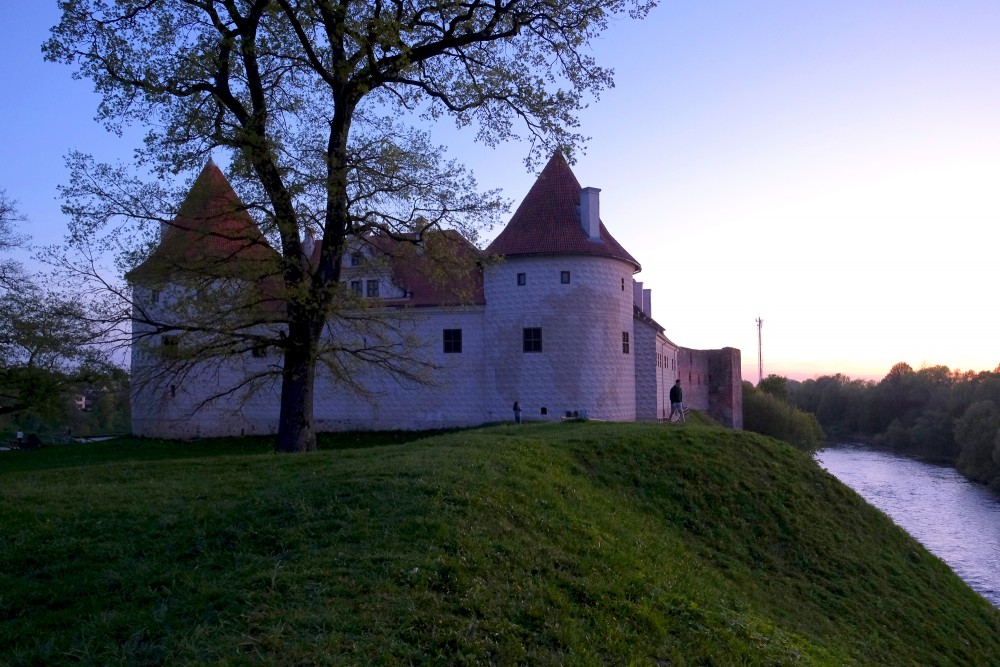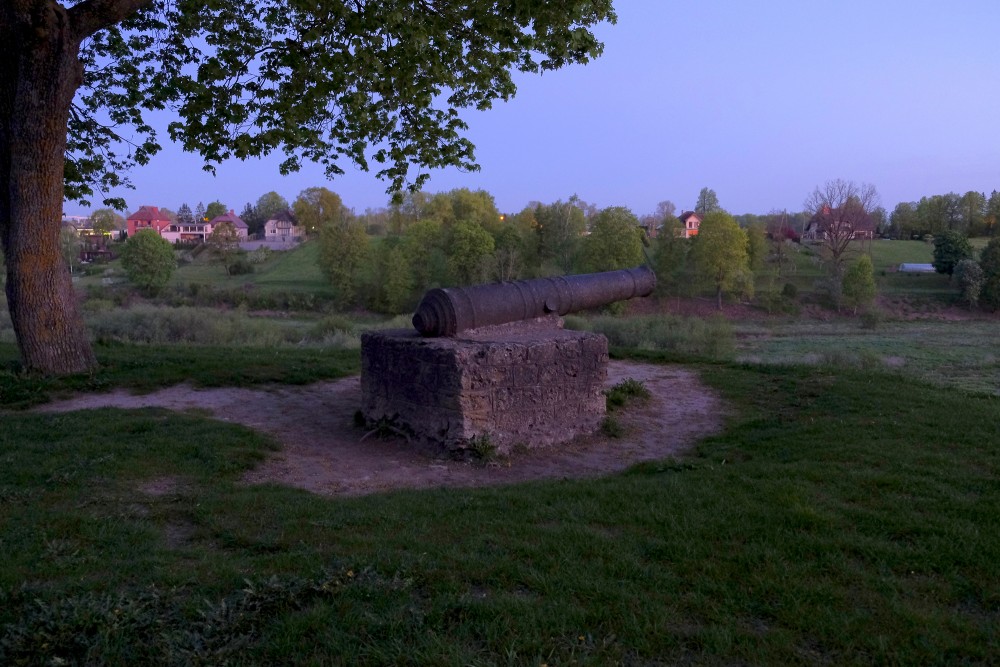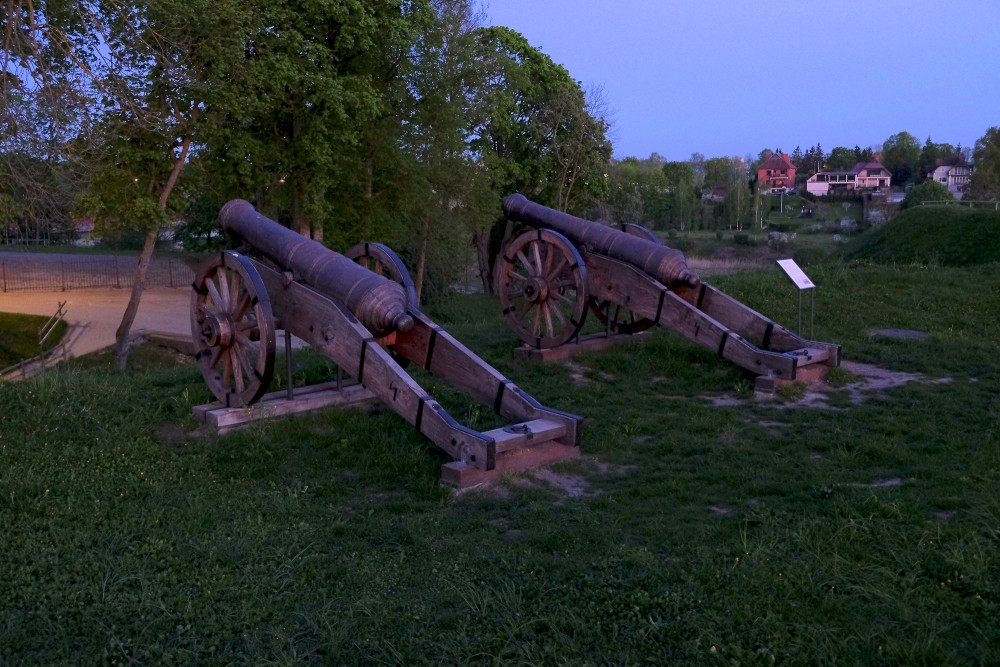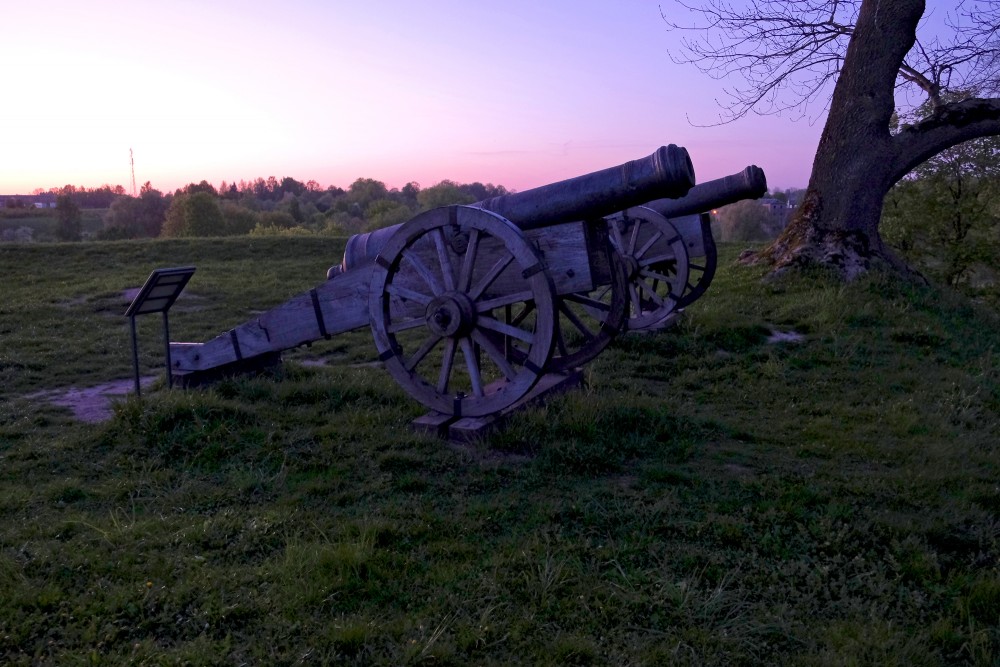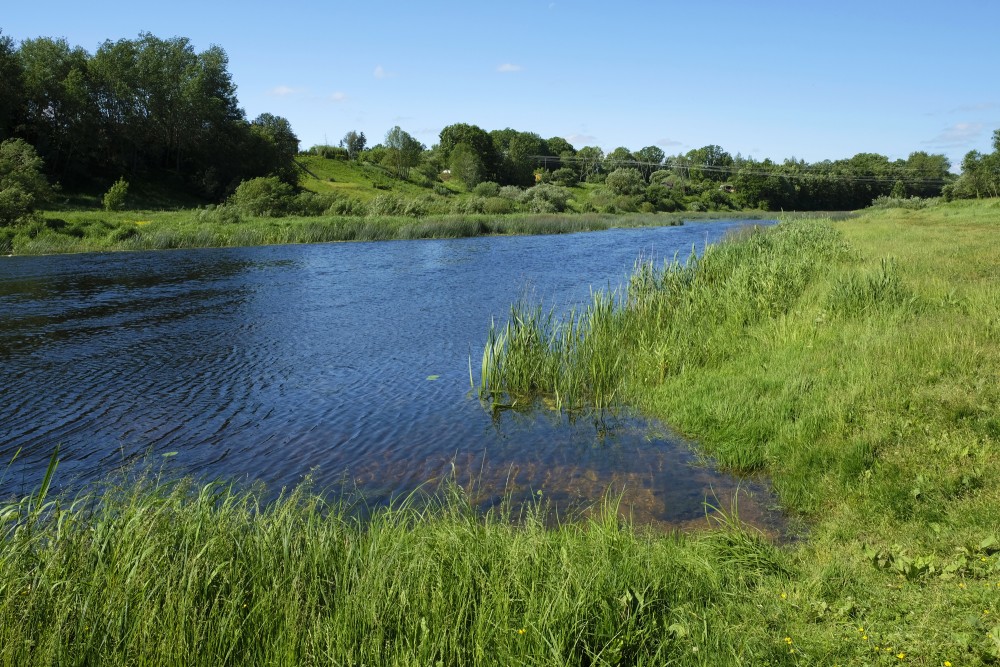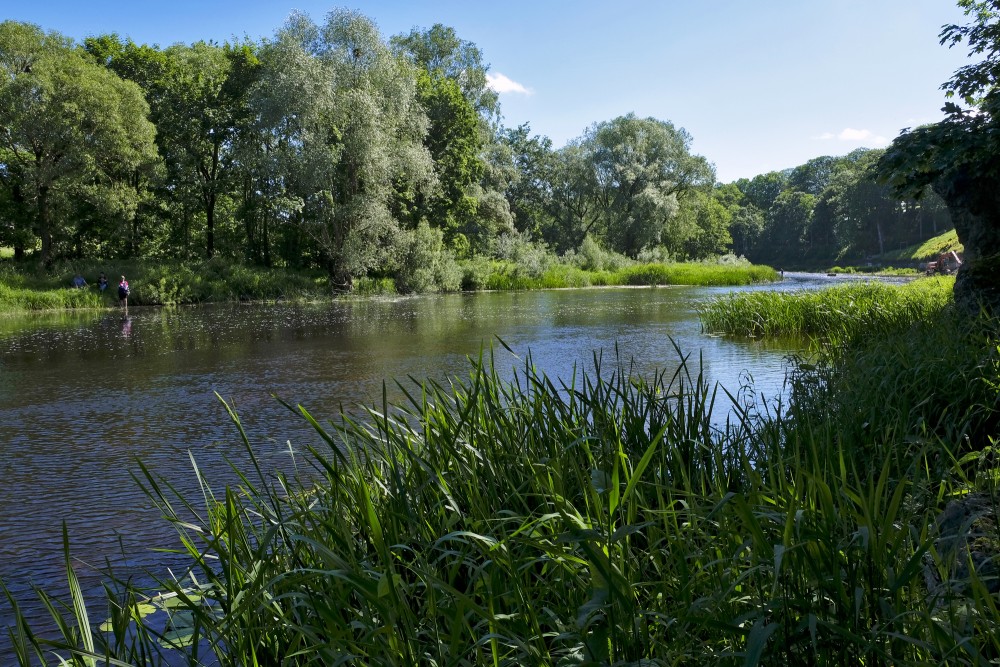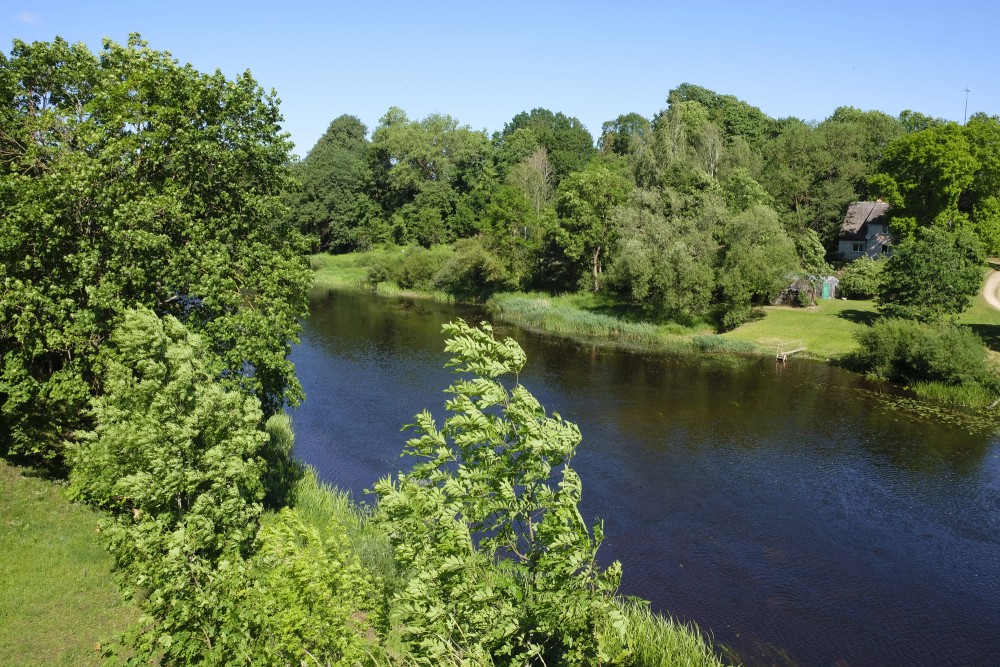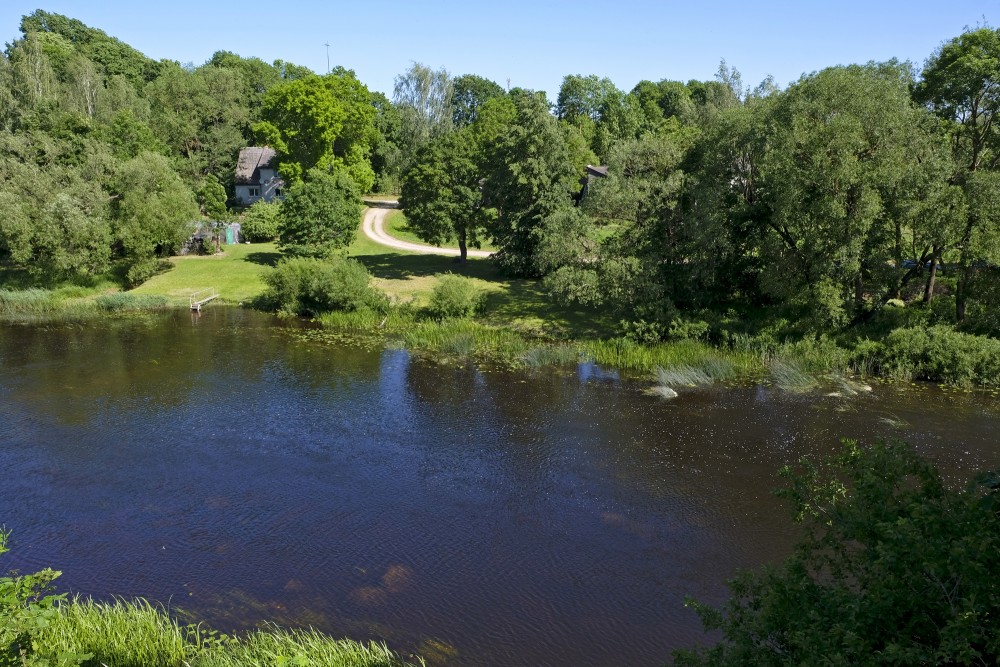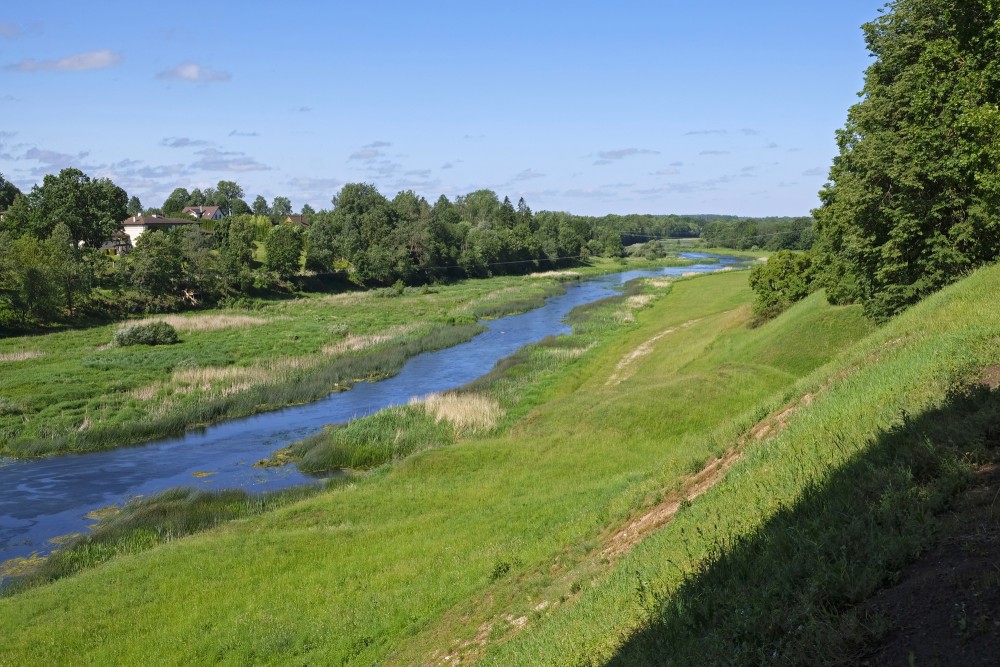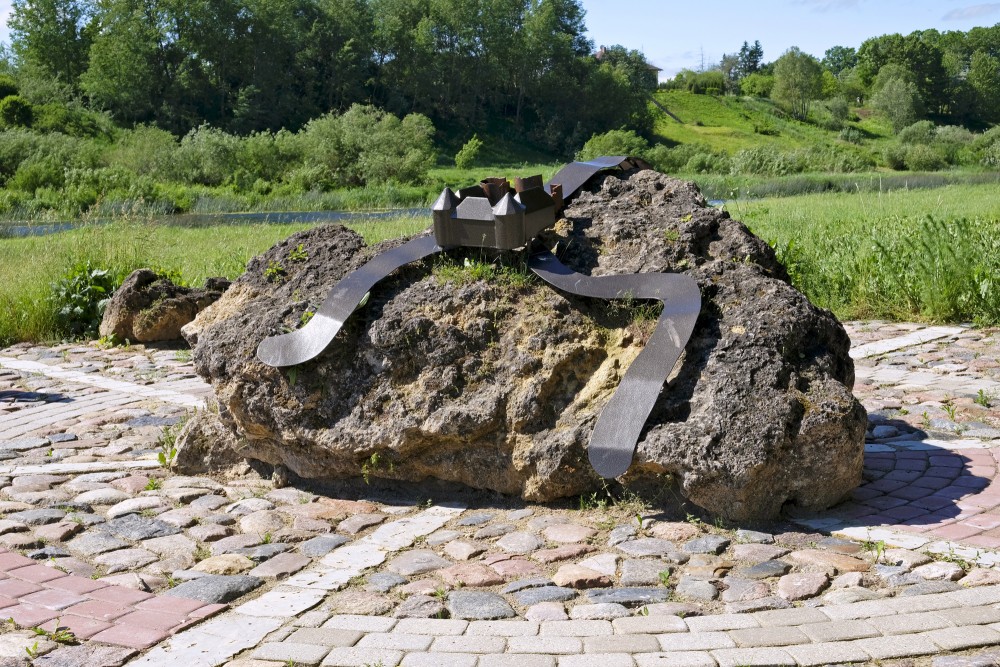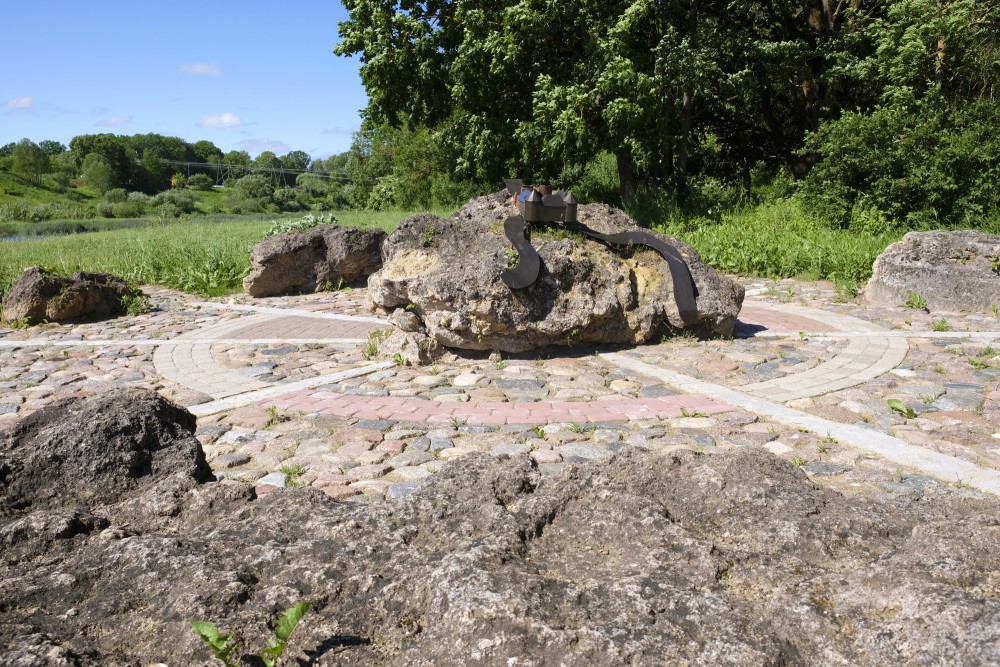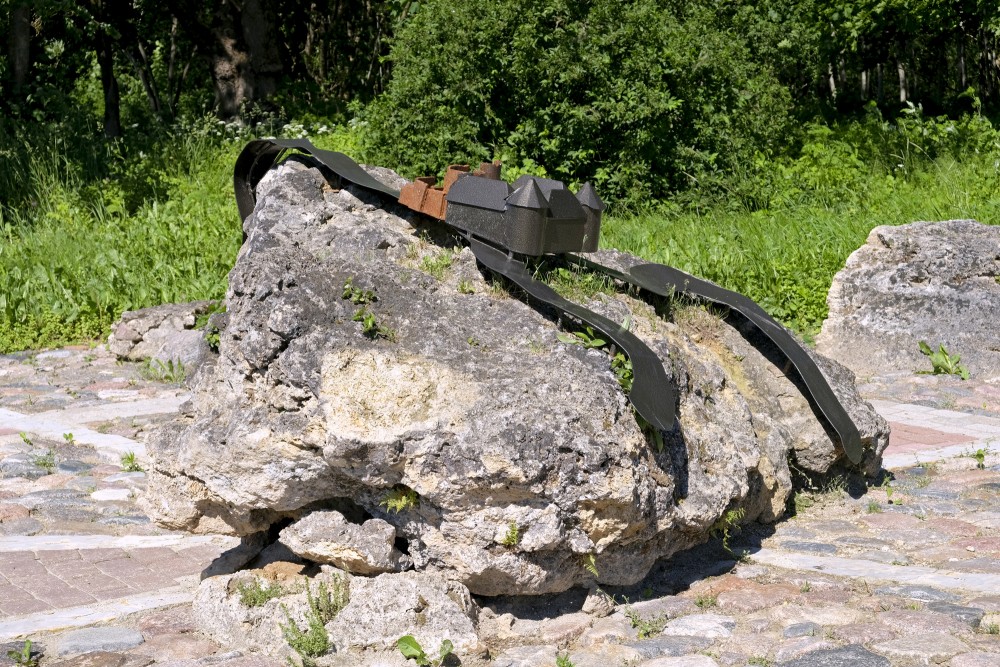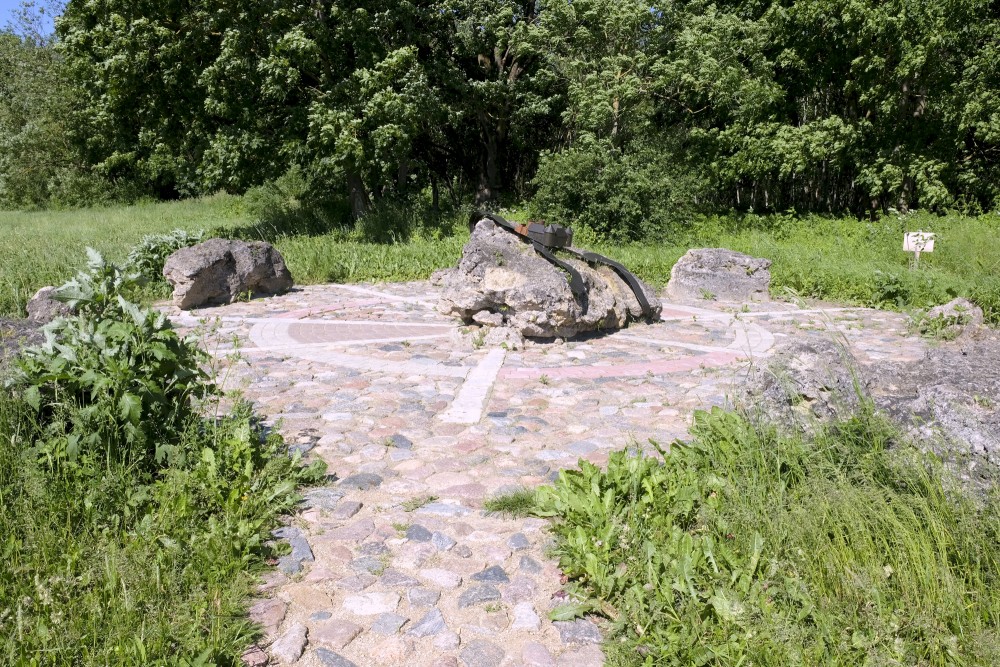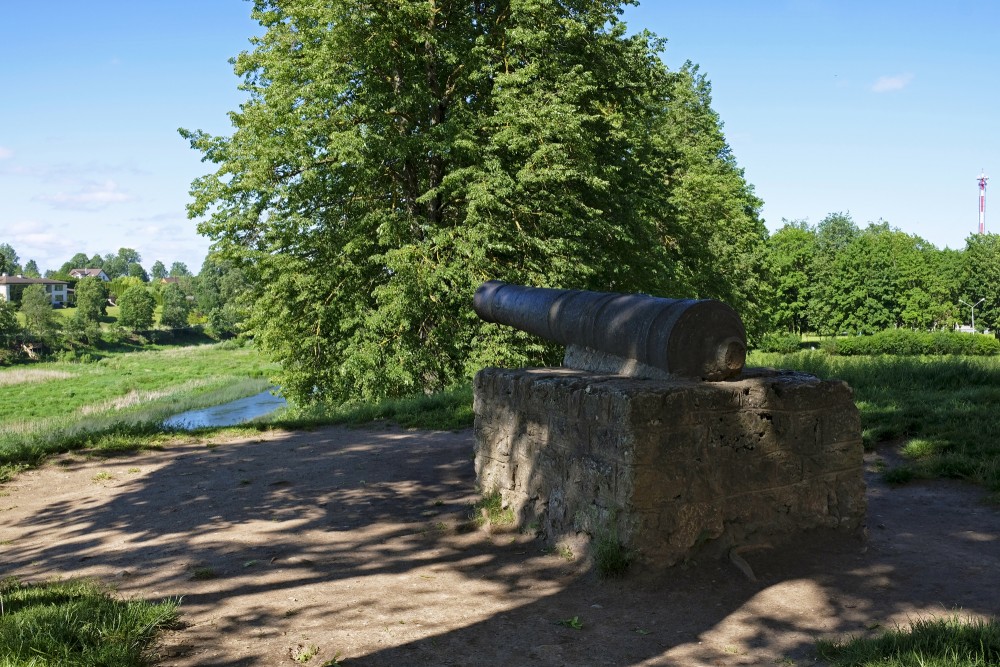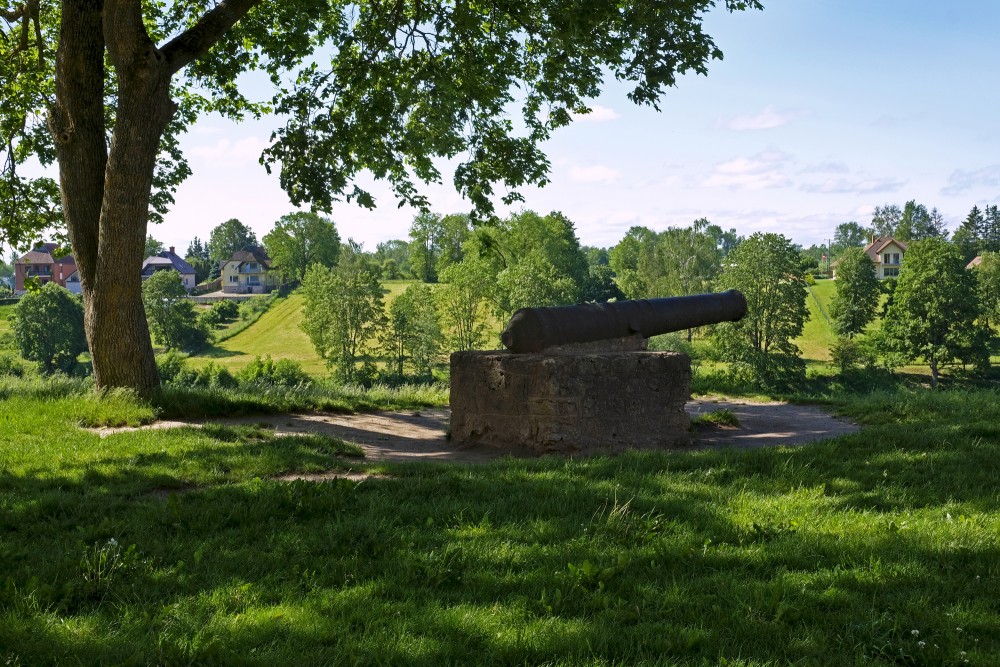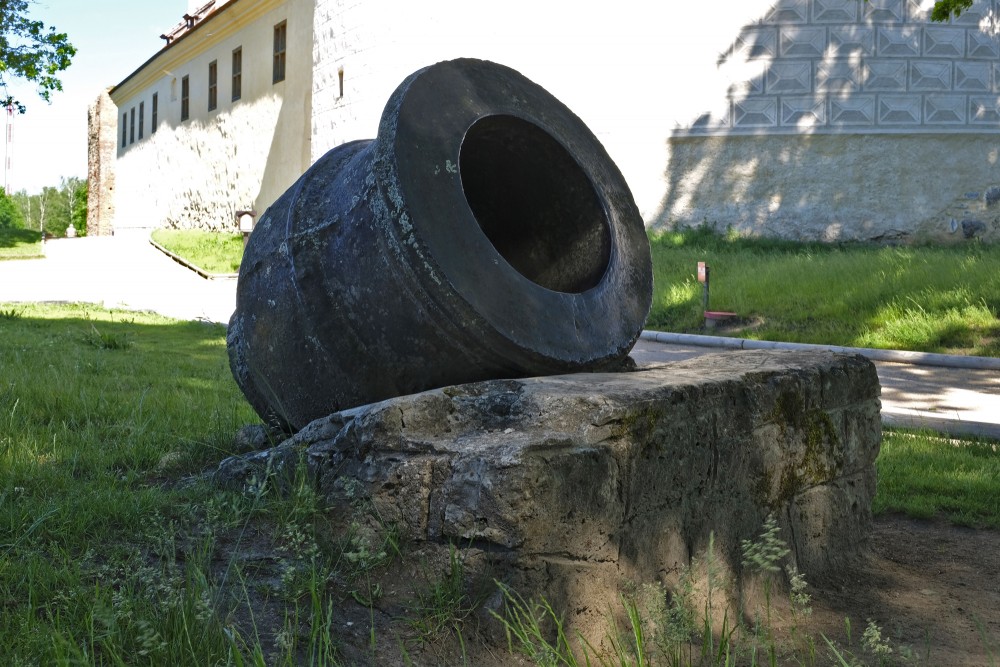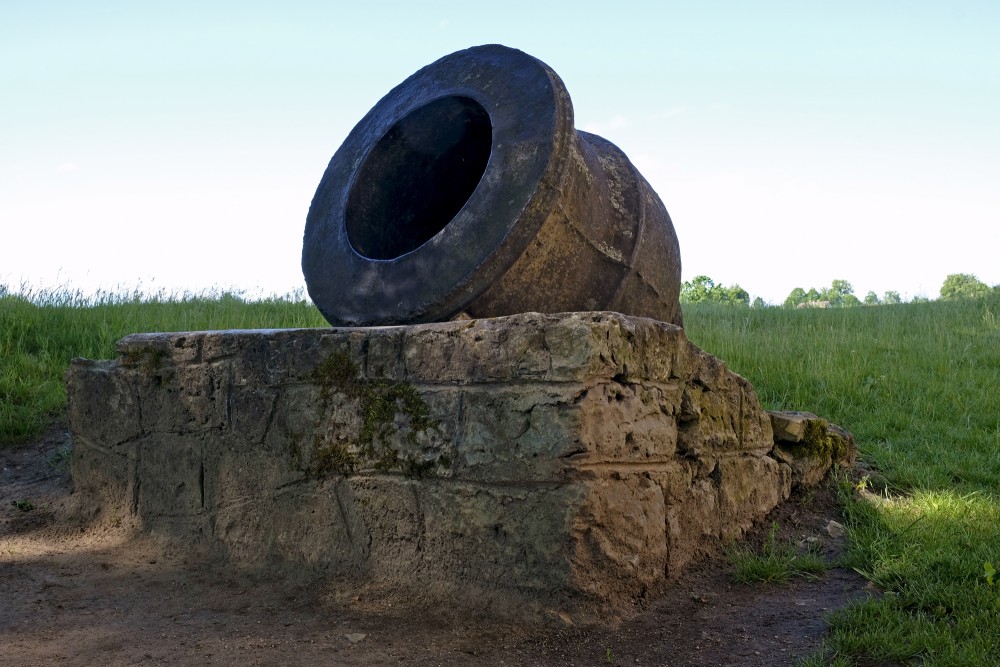Bauska
History of the Bauska County
Approximately 13 thousand years ago, a glacier receded from the area where Bauska Town and County are situated now, and the today’s network of rivers started forming. Beds of Mūsa and Mēmele rivers were much wider then, which is evidenced by the hollows of the ancient banks of the rivers. Also Lielupe River was much wider then and its flow ended slightly downwards from the present Mežotne, where it flowed into the Baltic Ice Lake.
In the 13th century, this territory belonged to the Upmales (Riverside) land, whose administrative centre was located at Mežotne Castle Mound.
In the middle of the 15th century, when construction of the Bauska Castle began, Livonian Order brought here the Wots (relatives to Finno-Ugric ethnos) captured in the Republic of Novgorod, and the locals called them krieviņi (Russians).
The Bauska Castle was built as the border stronghold of the Livonian Order for battles with Lithuania and it was home for the Vogt and several brothers of the Order. Afterwards Bauska became the administrative and trading centre for the extensive vicinity. A settlement similar to a town developed near the stronghold, and it was called Vairogmiests.
The Duchy of Courland and Semigallia formed in 1561. The first Duke Gotthard Kettler often stayed at the Bauska Castle with his court, and therefore it may be considered that our town was then the capital city of the Duchy.
In 1584, Gotthard Kettler ordered removal of the buildings of Vairogmiests and allocated a new place in the area of the present Old Town. Planning of streets in the old part of Bauska has remained from the turn of the 16th and the 17th centuries.
In 1609, Duke Friedrich presented the seal with a picture of a lion to Bauska, and therefore this year is considered as the year when Bauska received the official status of a town. Bauska Town Hall was the second largest town hall in Latvia until 1740.
In 1706, the Russian army blew up the Bauska Castle when retreating and it was never restored. The Great Plague spread out during the years of the Great Northern War and took the lives of about half the population of Bauska Town.
In 1795, the Duchy was added to the Russian Empire and then Bauska District was formed here as an administrative unit. It was larger than the present territory of the county.
During the wars of Napoleon, several battles took place in 1812 near Bauska, Code and Mežotne.
During the second half of the 19th century, many modern factories were established, e.g. Lohding Brewery in Bauska, Mežotne Brick-Kiln and other smaller enterprises.
In the beginning of the 20th century, fighting took place here in connection with the Revolution of 1905, which was followed by much bloodier and more devastating events of the World War I. They are still witnessed by the many burial places of the deceased soldiers in the territory of our county. The declaration of independence of the State of Latvia on 18 November 1918 was followed by the Freedom Battles. In spring 1919, the territory had to be freed from Bolsheviks, but in the autumn – from Bermontians.
The active development and improvement of the level of living was terminated by the Soviet occupation in 1940 and the battles of the World War II. Such events resulted in actual disappearance of two traditional minorities, i.e. the Germans and the Jews. The Germans repatriated, but the Jews were exterminated by the German occupants.
Several thousands of the Bauska District residents were arrested and deported on 14 June 1941, 25 March 1949 and in many smaller deportation actions.
Several administrative territorial reforms took place during the years of Soviet occupation. Already in 1945, 51 parish councils were established in the territories of 20 parishes of the district, but the parishes and districts were liquidated in 1949.
During the occupation, the private property of land and industrial means were liquidated and forced collectivisation was performed which had a radical effect on the rural landscape. The farmsteads became abandoned and the residents moved to the villages built in the centres of kolkhozes and sovkhozes. The national structure of population changed in the largest populated areas, i.e. the proportion of Latvians reduced, but the number of aliens arriving from other USSR territories increased. Several new industrial companies were built to work basically with the local raw materials.
Divisions of all non-governmental organisations focused on restoration of independence of Latvia developed in the region during the Awakening years. On 23 August 1989, the campaign of the Baltic Way organised by the popular fronts of all three Baltic Republics took place – a human chain on the arterial motorway A-7 which is crossing our county was made with the participants holding each other’s hands.
After the restoration of independence of Latvia in 1991, the rights of former owners were restored, many Soviet period companies went bankrupt or became privatised, and brand new companies and farmsteads were established.
The administrative territorial reform was completed in 2009 by establishing four new municipalities in the territory of the Bauska Region: counties of Bauska, Iecava, Rundāle and Vecumnieki. Since then, the Bauska County includes Bauska Town and parishes of Brunava, Ceraukste, Code, Dāviņi, Gailīši, Īslīce, Mežotne and Vecsaule.
bauska.lv
| Bauska | |
| Town | |
| Country | Latvia |
| District | Bauska Municipality |
| Town rights 1609 | 1609 |
| Government | Mayor Raitis Ābelnieks |
| Area Total | 6.3 km2 (2.4 sq mi) |
| Population Total | 9,411 |
| Population Density | 1,493,8/km2 (38,690/sq mi) |

